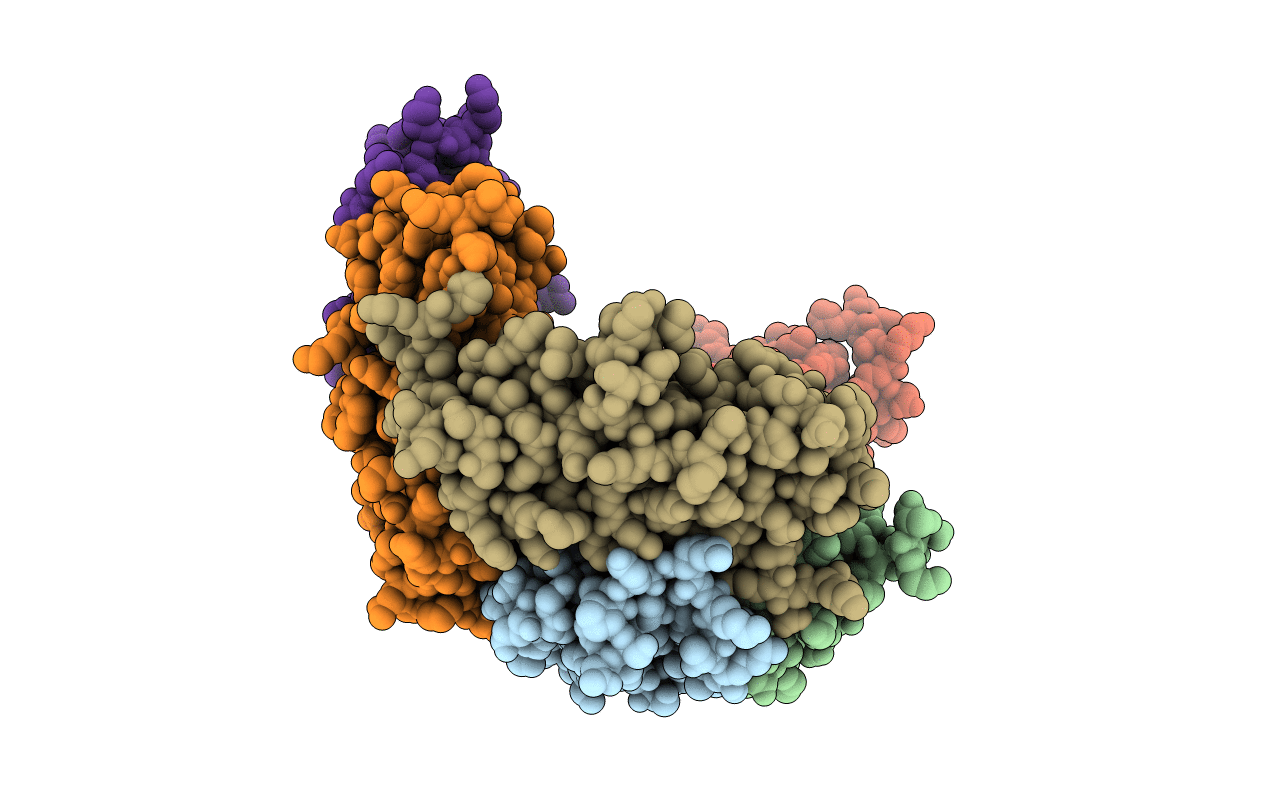
Deposition Date
2002-12-18
Release Date
2003-05-29
Last Version Date
2023-12-13
Entry Detail
PDB ID:
1O9R
Keywords:
Title:
The X-ray crystal structure of Agrobacterium tumefaciens Dps, a member of the family that protect DNA without binding
Biological Source:
Source Organism:
AGROBACTERIUM TUMEFACIENS (Taxon ID: 358)
Host Organism:
Method Details:
Experimental Method:
Resolution:
1.45 Å
R-Value Free:
0.20
R-Value Work:
0.17
R-Value Observed:
0.18
Space Group:
P 21 21 2


